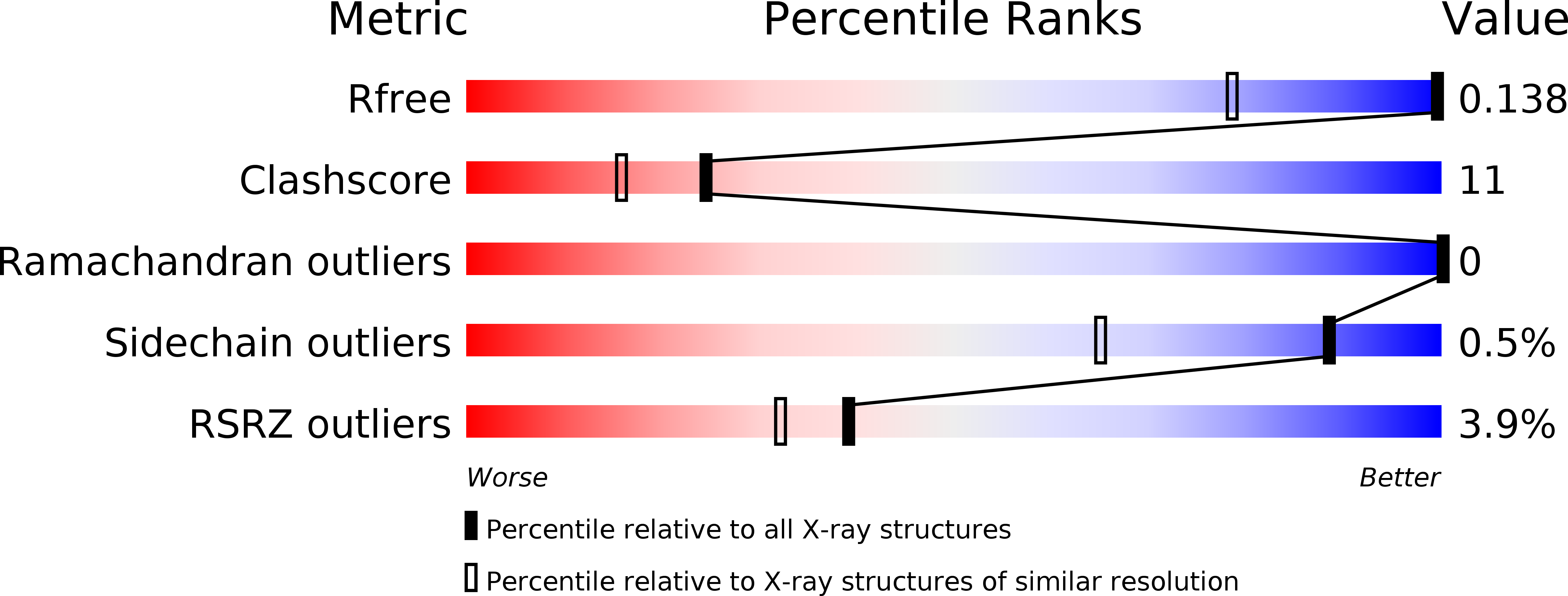
Deposition Date
2017-07-27
Release Date
2018-02-14
Last Version Date
2023-11-22
Method Details:
Experimental Method:
Resolution:
1.00 Å
R-Value Free:
0.13
R-Value Work:
0.11
R-Value Observed:
0.11
Space Group:
P 1 21 1


